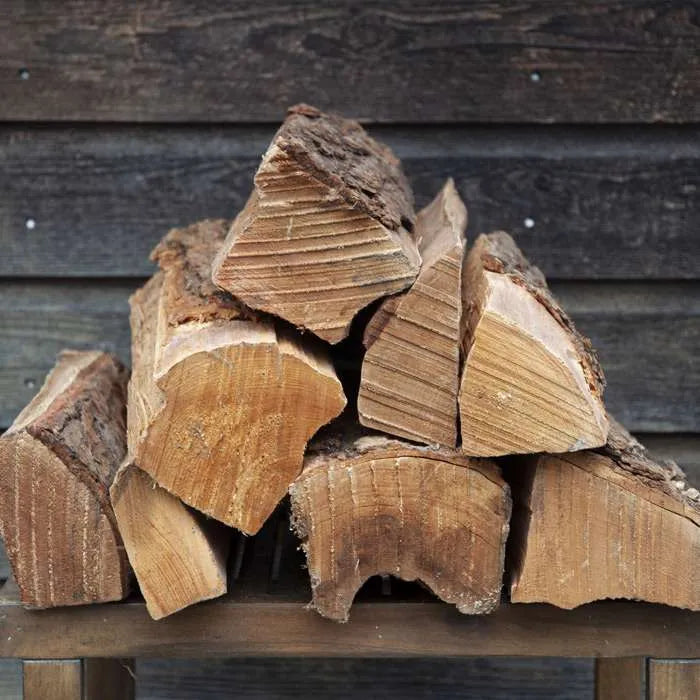Family: Asteraceae (Aster Family)
Great for Beginners ? Full Sun / Part Shade ? Blooms June - September
Disease & Pest Resistant ? Supports Wildlife
Coreopsis, often known as Tickseed, is a bright beacon in the garden, waving cheerfully to seasoned green thumbs and novices alike. It's like the sun decided to sprinkle a handful of its rays among your flowers.
This plant is a no-fuss friend, forgiving to beginners, and a colorful companion throughout the growing season.
Four Reasons Why You’ll Love Coreopsis in Your Garden
The Sunny Disposition of Coreopsis
Stepping into the garden, imagine a plant that greets you with a smile. That’s Coreopsis! It’s the botanical equivalent of a sunny day. The vibrant yellows, radiant reds, and blushing pinks can really lift your spirits. They are a celebration of summer, blooming tirelessly from early summer into the fall.
A Palette of Colors and Forms
Coreopsis comes in a spectrum of shades, and with over 100 species, you’re spoiled for choice. The classic Coreopsis lanceolata, with its sunny yellow petals and dark red centers, is just the beginning.
Fancy something with a bit of a twist? Coreopsis verticillata 'Moonbeam' offers delicate, pale yellow blooms that add a soft touch to the garden tapestry.
Its Welcoming Advantages
Coreopsis isn’t just a pretty face. This plant is a trooper! It’s drought-tolerant, making it a perfect match for those hot spots in your garden where other plants might wither.
It’s also a magnet for beneficial insects. Butterflies flit from bloom to bloom, bees buzz happily, and ladybugs patrol for pests, making your garden a vibrant ecosystem.
Low Maintenance, High Reward
The care requirements for Coreopsis are as breezy as its appearance. This plant is not fussy about soil, although it prefers it to be well-draining. It’s also remarkably disease and pest resistant, leaving you more time to enjoy your garden rather than toil in it.
Coreopsis in Your Garden & Landscape Design
For a dance of purples and yellows, pair Coreopsis with lavender or Russian Sage. For a garden that’s aflutter with activity, plant Coreopsis near coneflowers and Black-Eyed Susans to create a pollinator’s paradise. Of course, Coreopsis makes quite the statement all on its own!
Coreopsis Plant-a-Glance™ Details
These are average specs and may differ slightly amongst varieties.
Care Level: Easy
Type: Perennial
Hardiness Zones: 3-9
Native Area: North America
Uses: Landscape, Container, Cut Flower
Best to Plant: Early Spring | Late Fall
Light: Sun, Part Shade
Water: Low
Soil: Sandy, Dry, Well-drained
Bloom Colors: Yellows, Reds, Pinks
Bloom Time: June - September
Foliage: Green
Seasonal Interest: Summer, Fall
Mature Size: 6” to 48” tall depending on variety
Habitat: Upright or Mounding
Attracts: Butterflies, Bees, Birds
Resists: Deer
Insects/Disease: Typically problem-free
Toxicity: Non-toxic
A Beginner’s Guide to Caring for Coreopsis
Light and Location
For Coreopsis to thrive, it craves the sun like a cat seeks a warm windowsill. A minimum of six hours of direct sunlight is ideal.
It’s easily at home in mass plantings, along edges of borders and walks, in your cottage garden or in rock gardens.
Soil]
Again, Coreopsis is not fussy about soil, although it prefers it to be well-draining.
Watering
Watering is straightforward: Coreopsis is forgiving if you forget to water now and then. However, regular watering during prolonged dry spells will keep it at its best.
Feeding For Blooms
While Coreopsis isn’t a heavy feeder, a little snack can help prolong its blooming season. A general-purpose fertilizer in early spring is enough to boost its energy for the flowering months ahead.
Pruning and Grooming
Deadheading, or the removal of spent flowers, encourages Coreopsis to produce more blooms. Snip away the old flowers, and you’ll be rewarded with a flush of new ones.
In the fall, let the last of the blooms go to seed; they’ll provide food for birds and self-seed for surprises next season.
Coreopsis and all of its varieties is an easy plant that can bring you joy.
It’s a low-maintenance, high-impact flower that can make any beginner gardener feel like a pro. So why not invite Coreopsis into your garden? Reston Farm Garden Market can help you make it happen.
Let it spread its cheerful blooms and you’ll find that, just like its flowers, your love for gardening will continue to grow and flourish.









